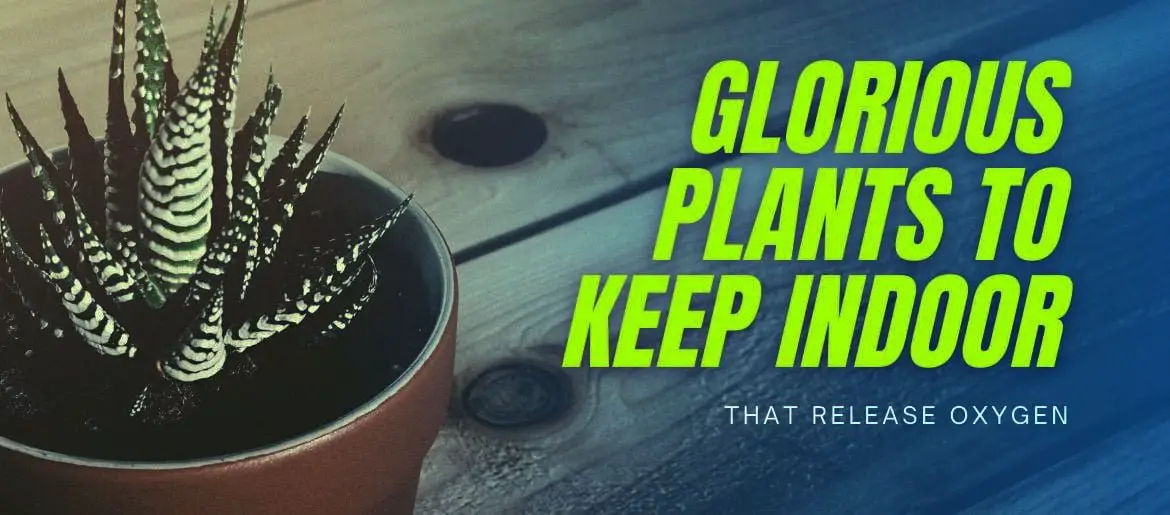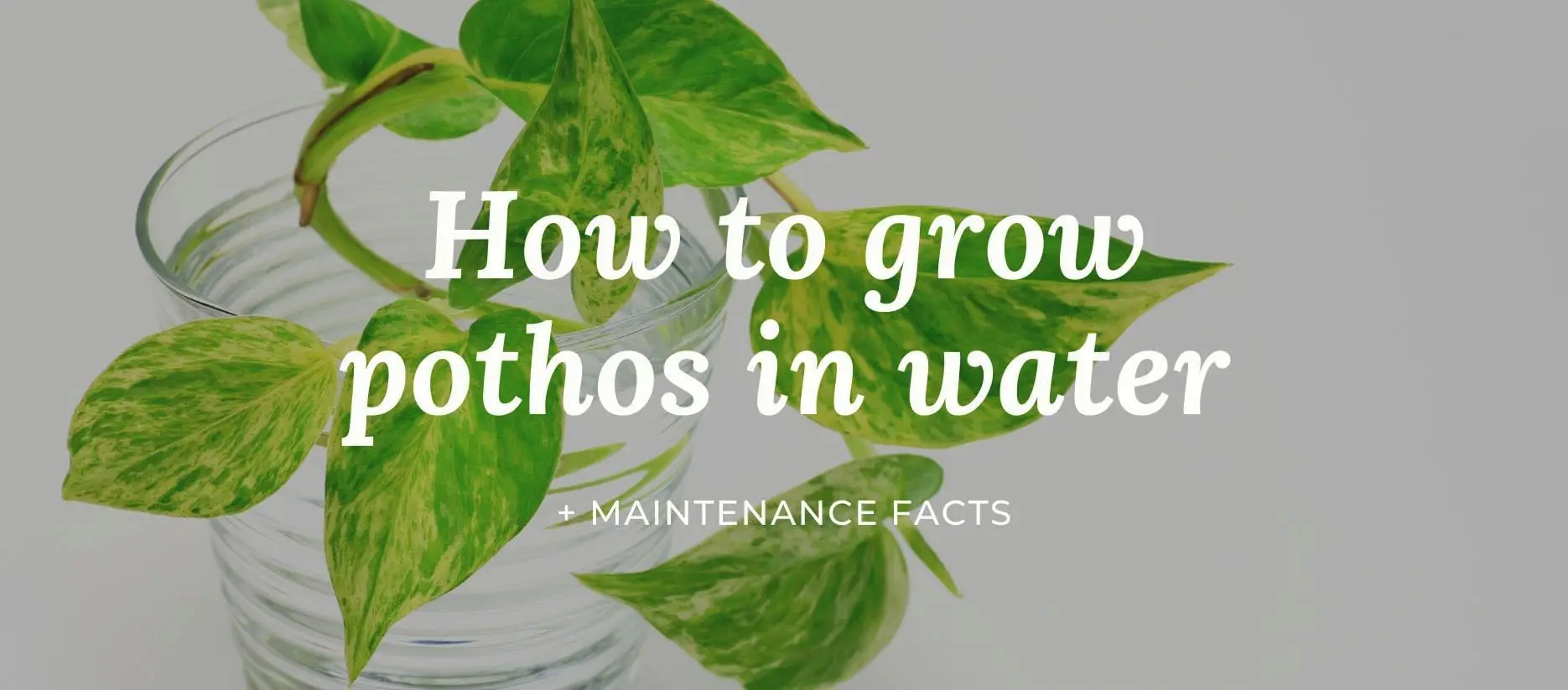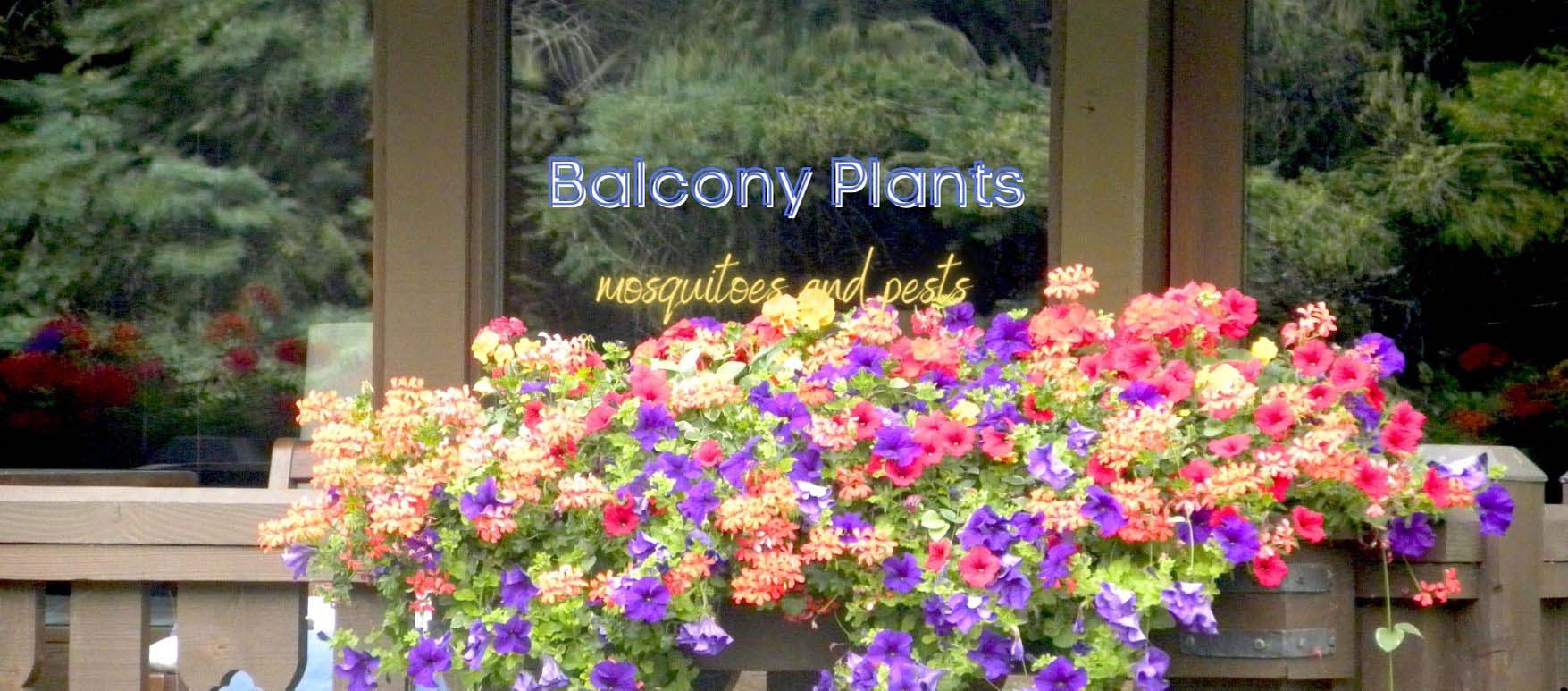12 Glorious Plants To Keep Indoor That Absorb Carbon Dioxide
Trees provide us with the breath we need. That is, trees provide us with the oxygen we need to breathe as a by-product of photosynthesis. Another critical point is that trees use carbon dioxide to release oxygen.
Air pollution is a significant factor in our daily outdoor life. The number of people with various types of respiratory disorders is gradually increasing. We all like to get good ventilation after coming home from the outside. The best way to do this is to keep the plants indoors. It also gives an excellent decoration to the house.
What are perfect plants to keep indoors? What plants can clean the air to get oxygen and absorb carbon dioxide? Let’s find out now.
01. Snake Plant (Dracaena Trifasciata)

Snake plant or sansevieria is a trendy houseplant recently. In addition to absorbing carbon dioxide at night, the snake plant can also absorb formaldehyde, toluene, and hydrogen sulfide. It is estimated that a snake plant pot placed in a space of 10 square meters can absorb 80% of the harmful gases.
Caring points of snake plant
It is a plant that light-loving, drought-tolerant, moisture-tolerant, easy to feed. Water moderately to keep the soil dry. Make sure not to get too wet. In winter, water less to keep the soil dry.
Suitable space
- Study room
- Bedroom
02. Crab Cactus (Schlumbergera Truncata)
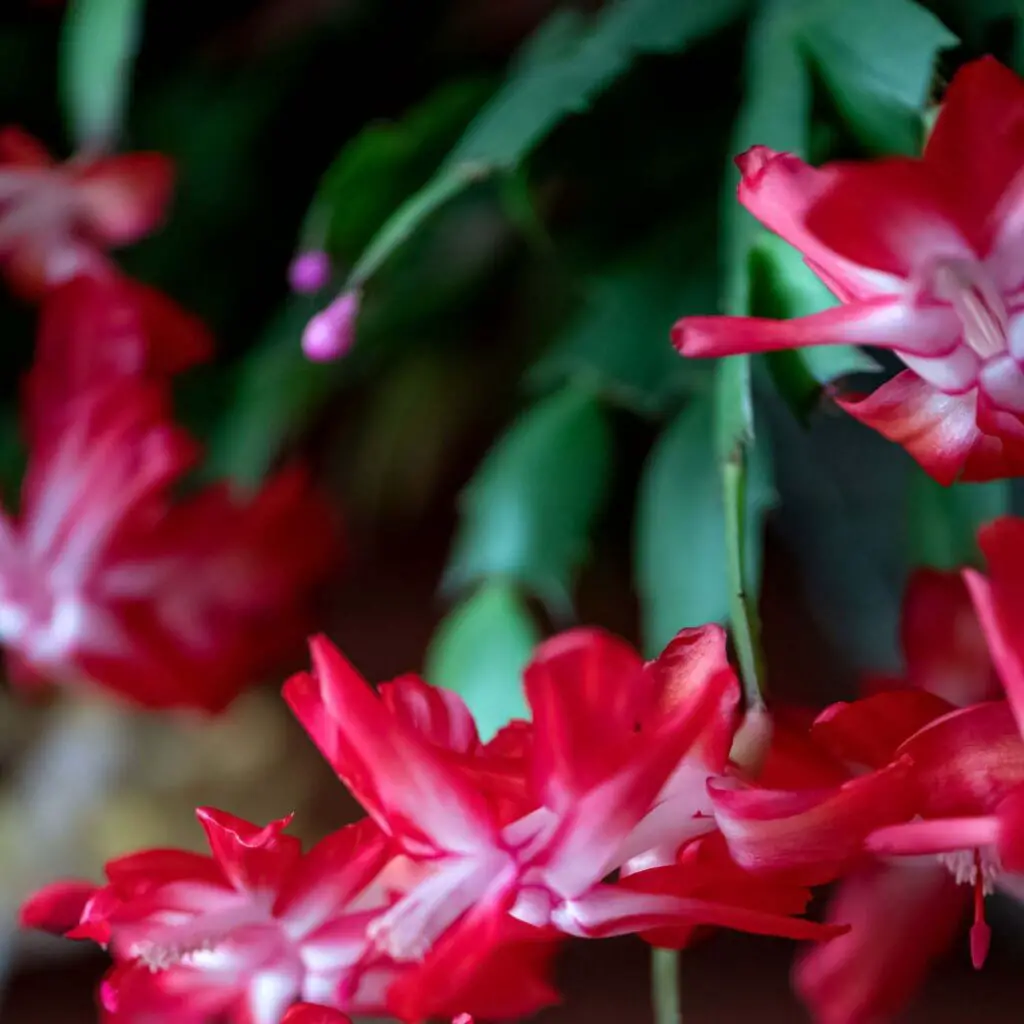
Crab cactus has a lovely shape and the flowers are red. The plant has the ability to absorb carbon dioxide as well as carbon monoxide, nitrogen oxides, and ammonia at night.
Caring points of Crab cactus
This prefers a shady, warm environment. Cold is not tolerated, and acidic soil is preferred. Do not water too much, keep the soil moist, and spray more water on the stems and flowers.
Suitable space
- Foyer
- Balcony
- Bedroom
03. Bird of Paradise (Strelitzia Reginae)
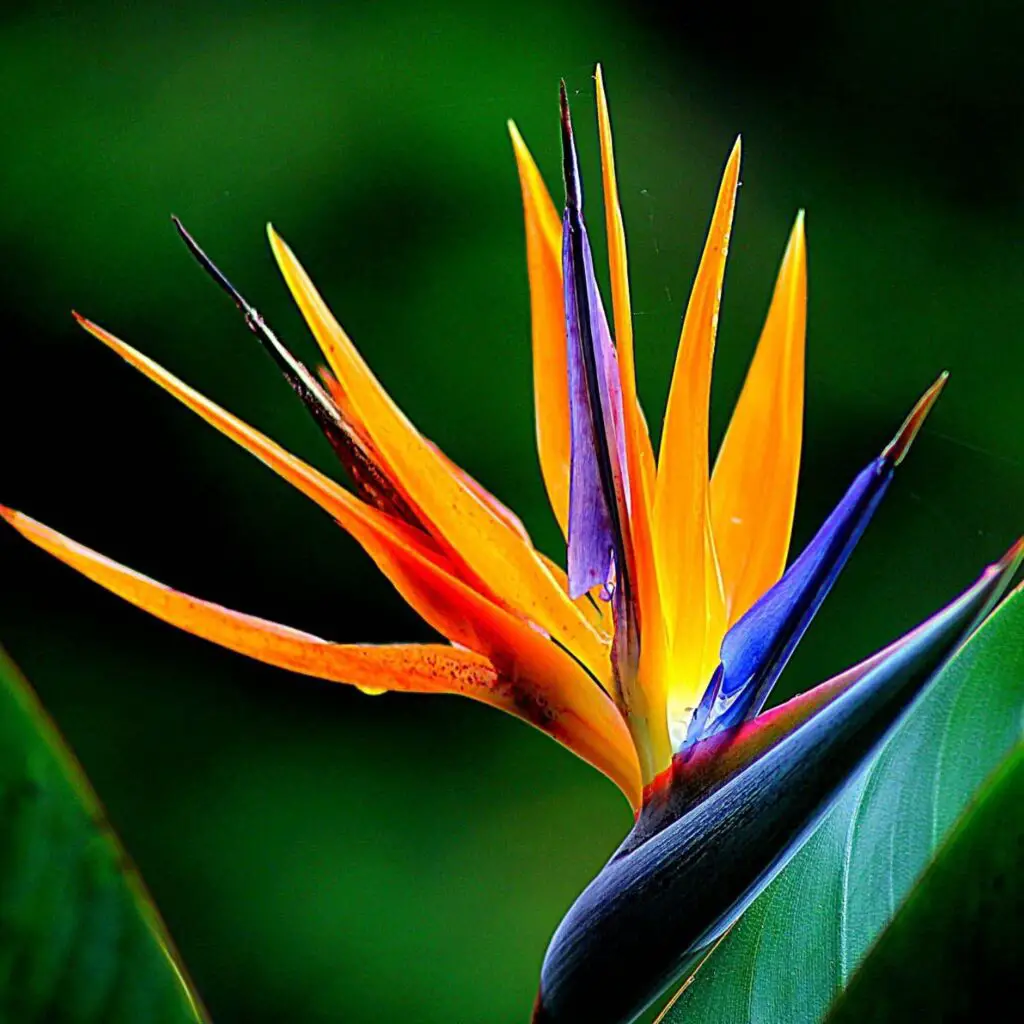
Bird of paradise, also known as the strelitzia, is a fresh and elegant flower plant. It can absorb carbon dioxide at night and increase the concentration of negative oxygen ions in air space.
Caring points of Bird of paradise
Bird of paradise likes light and fertilizer. It requires a warm and humid environment. It needs to supply sufficient water in summer. Spray water regularly on the leaves and control the amount of watering in winter.
Suitable space
- Living room
- Bedroom
04. Aloe Barbadensis (Aloe vera)
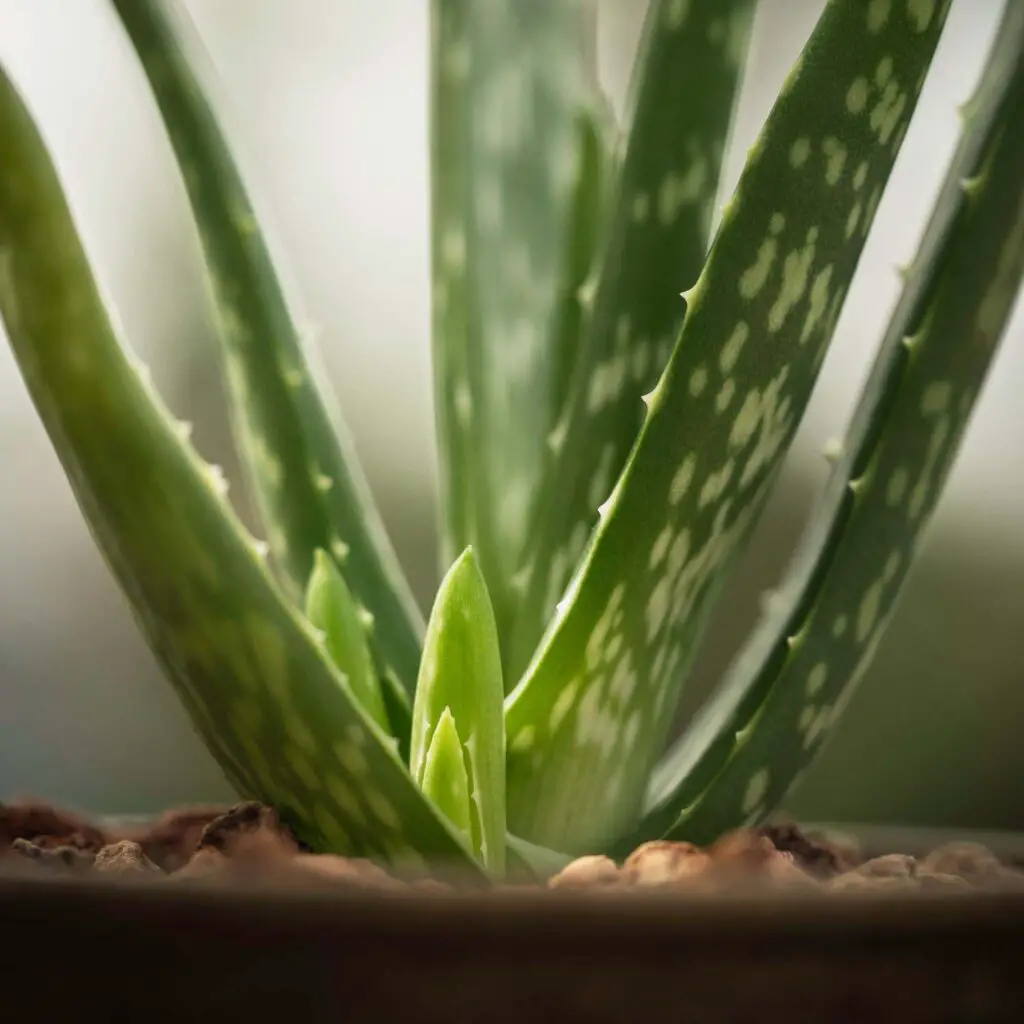
Aloe vera can release oxygen and absorb carbon dioxide no matter at night or during the day. It can also absorb volatile gases such as benzene and formaldehyde. Also, it can absorb suspended dust.
Caring points of aloe vera
Aloe vera needs sufficient light. This plant does not like stagnant water, extreme cold, and frost. It is best to use loose soil that is not easy to set up. The soil in spring and autumn should be moist, and watering should be strictly controlled in winter and early spring.
Suitable space
- Balcony
- Bedroom
- Study Room
- Kitchen
05. Begonia (Semperflorens Cultorum)
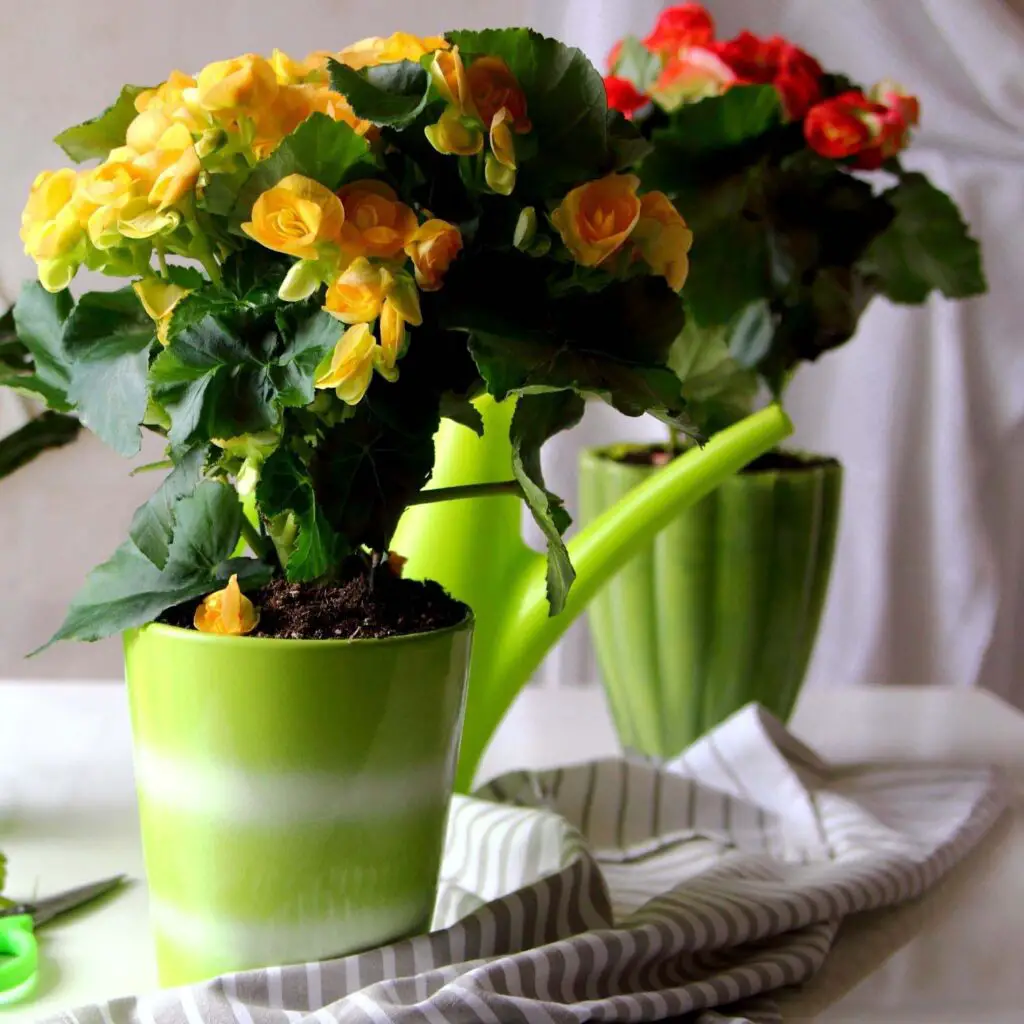
Begonia can convert nitrogen oxides in the air into plant cell proteins, absorb carbon dioxide, and increase negative oxygen ions in space.
Caring points of Begonia
Begonia likes cool and humidity. It has strong cold tolerance and is afraid of drought. In addition to keeping the soil moisture in the pot, regularly spray with water in the summer. In winter, it should not be too wet. Otherwise, the roots will rot.
Suitable space
You can place small plants on the windowsill of the kitchen or bedroom.
Begonia also likes the humid environment like the bathroom.
06. Swiss Cheese Plant (Monstera Deliciosa)
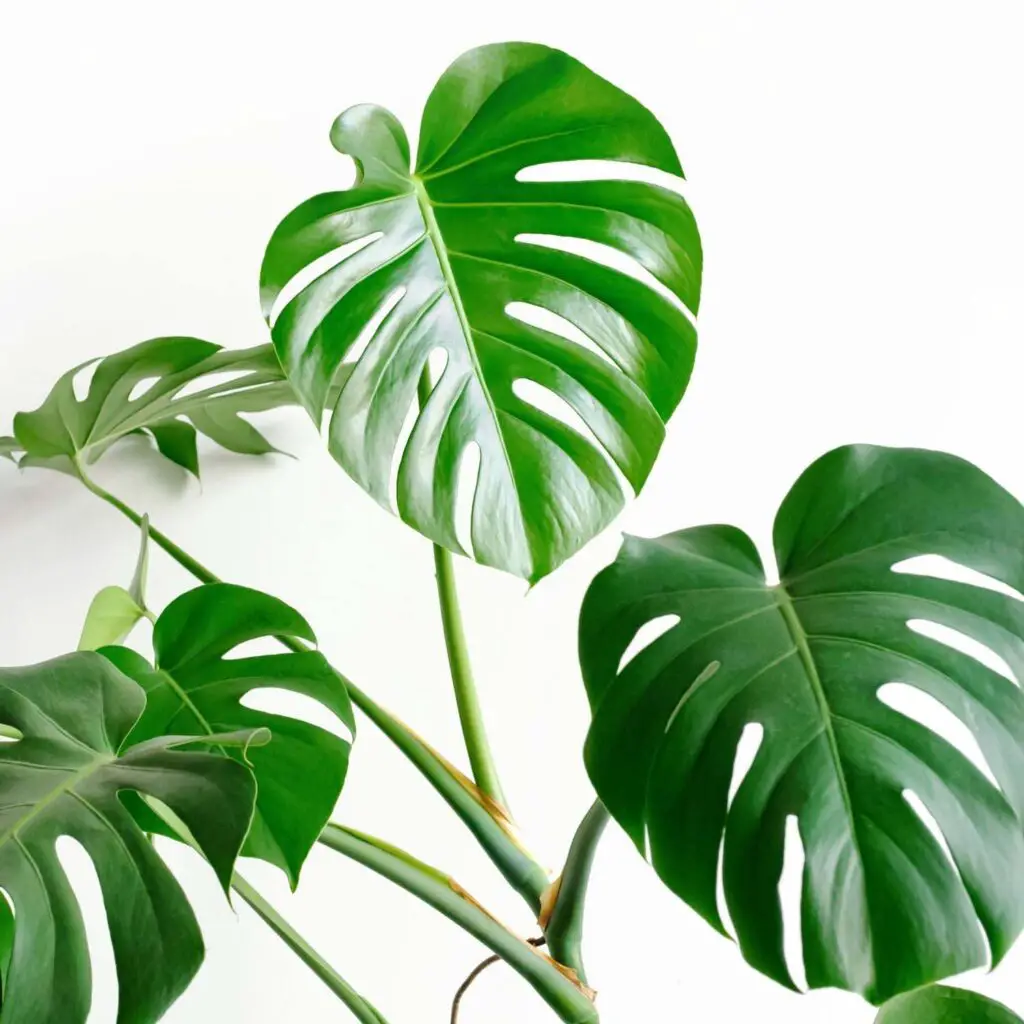
The amount of carbon dioxide that Monstera absorbs at night can be up to 6 times that of other plants. The plant can also absorb harmful gases such as sulfur dioxide and carbon monoxide.
Caring points of swiss cheese plant
Swiss cheese plant loves warmth, fears the cold, likes the moist, semi-shady environment. It is afraid of strong light and dryness. Water every 2-3 days in spring and autumn to retain soil moisture. But make sure not to accumulate water. Reduce the amount of watering and spray water to wipe the leaves to facilitate photosynthesis.
Suitable space
- Living room
- Corner of the bedroom
07. Bird’s Nest Fern (Asplenium Nidus)
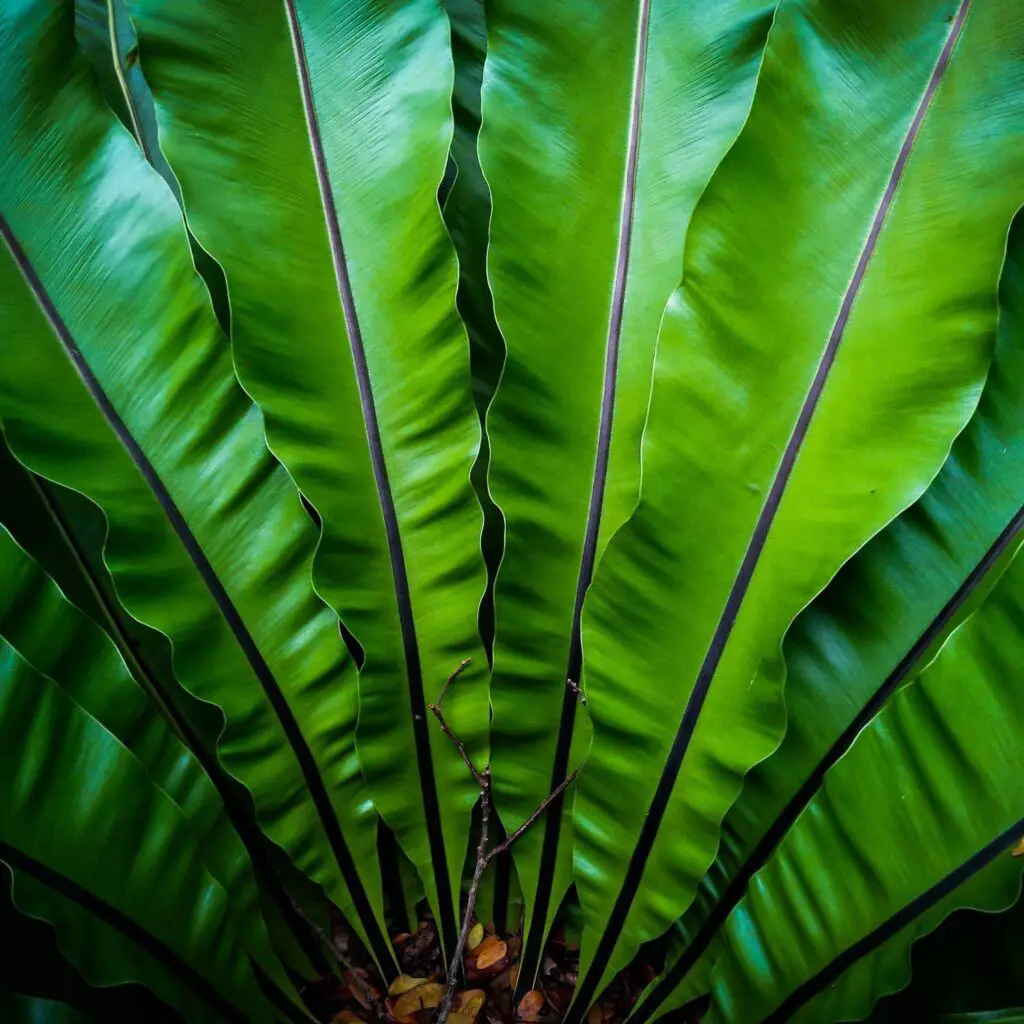
Bird’s nest fern is a good air freshener. Its large leaves can absorb carbon dioxide and purify the air.
Caring points of bird’s nest fern
bird’s nest fern likes warm, humid, light but not the direct environment. Water more in spring and summer. Spray water regularly to maintain the air humidity. Always water well.
Suitable space
- Living room
- Window sill
- Bedroom
08. Desert Rose (Adenium Obesum)
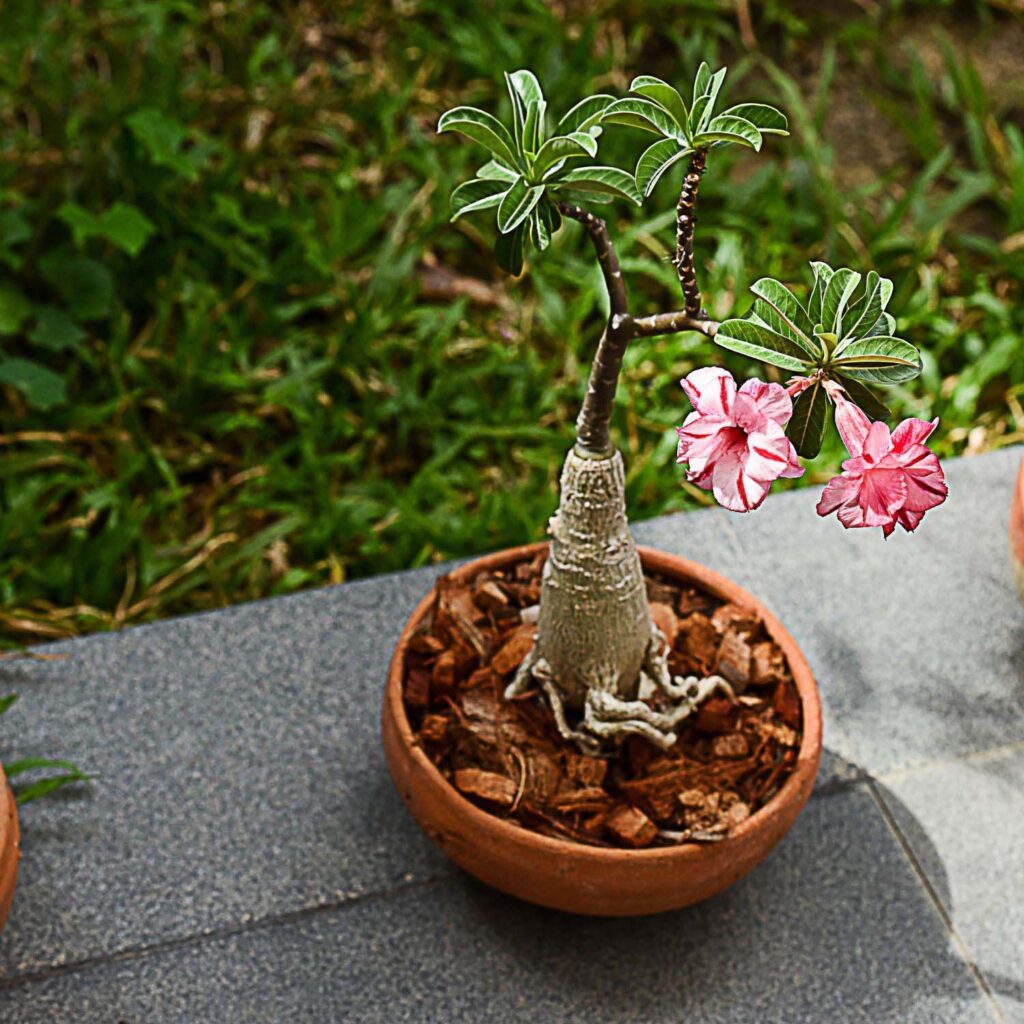
Desert rose is also known as the Sabi starflower. Not only does it have beautiful flowers, but it also absorbs carbon dioxide at night and increases air temperature.
Caring points of desert rose
Suitable for the dry well-lit environment. Drought-tolerant and heat resistant and the water should be less. Usually, water every 3 days in summer keep the soil dry. Keep the soil dry in winter.
Suitable space
- Living room
- Dining room
- Balcony
- Bedroom
09. Zebra Cactus (Haworthiopsis Fasciata)
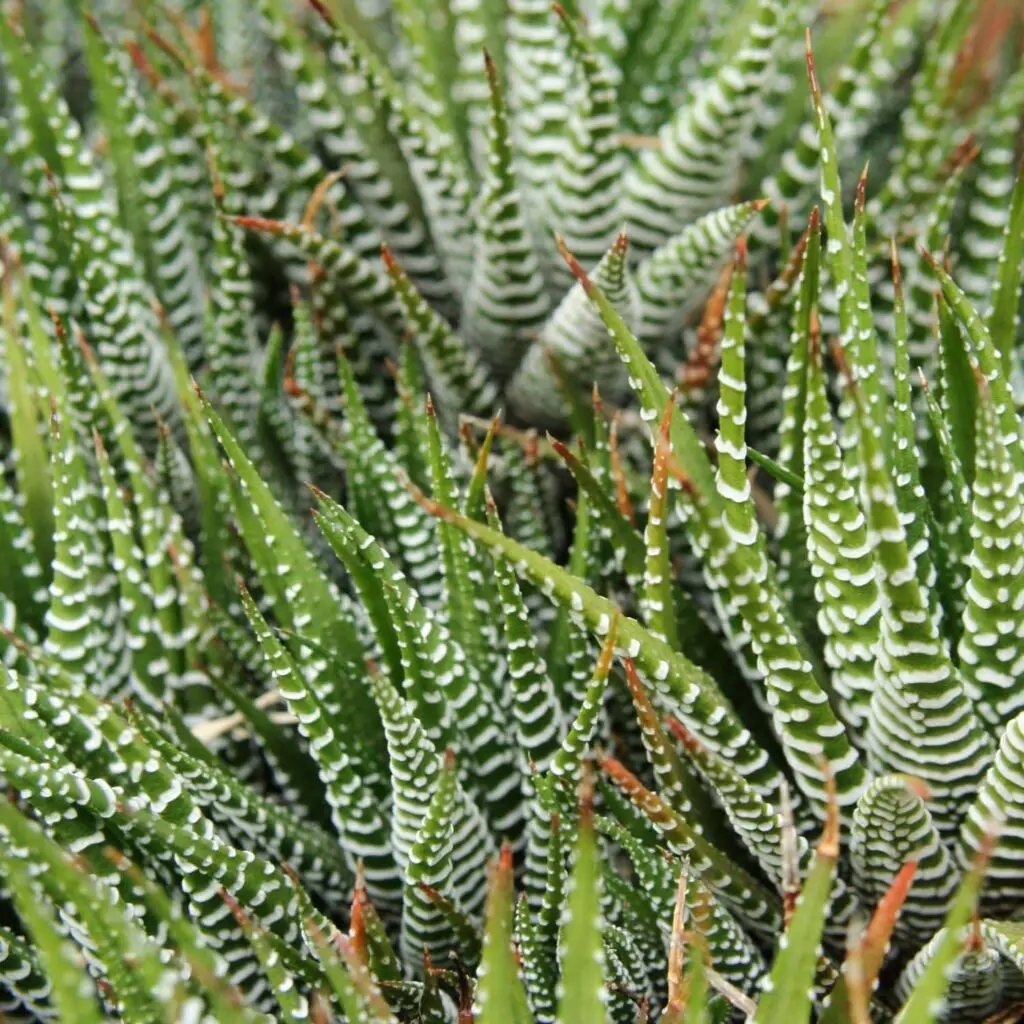
Also known as the zebra plant, its activity is basically similar to that of tiger tails orchids. Zebra cactus can also adjust the indoor carbon dioxide depth at night.
Caring points of Zebra cactus
This plant prefers a dry environment with sufficient lighting. The principle of watering is to pour when dry. Pour until the bottom of the pot is full. In the winter, spray a little bit of water.
Suitable space
- Small pots are suitable for bedrooms, study desks
- Large plants are good to plant on the balcony
10. Kalanchoe (Kalanchoe Blossfeldiana)
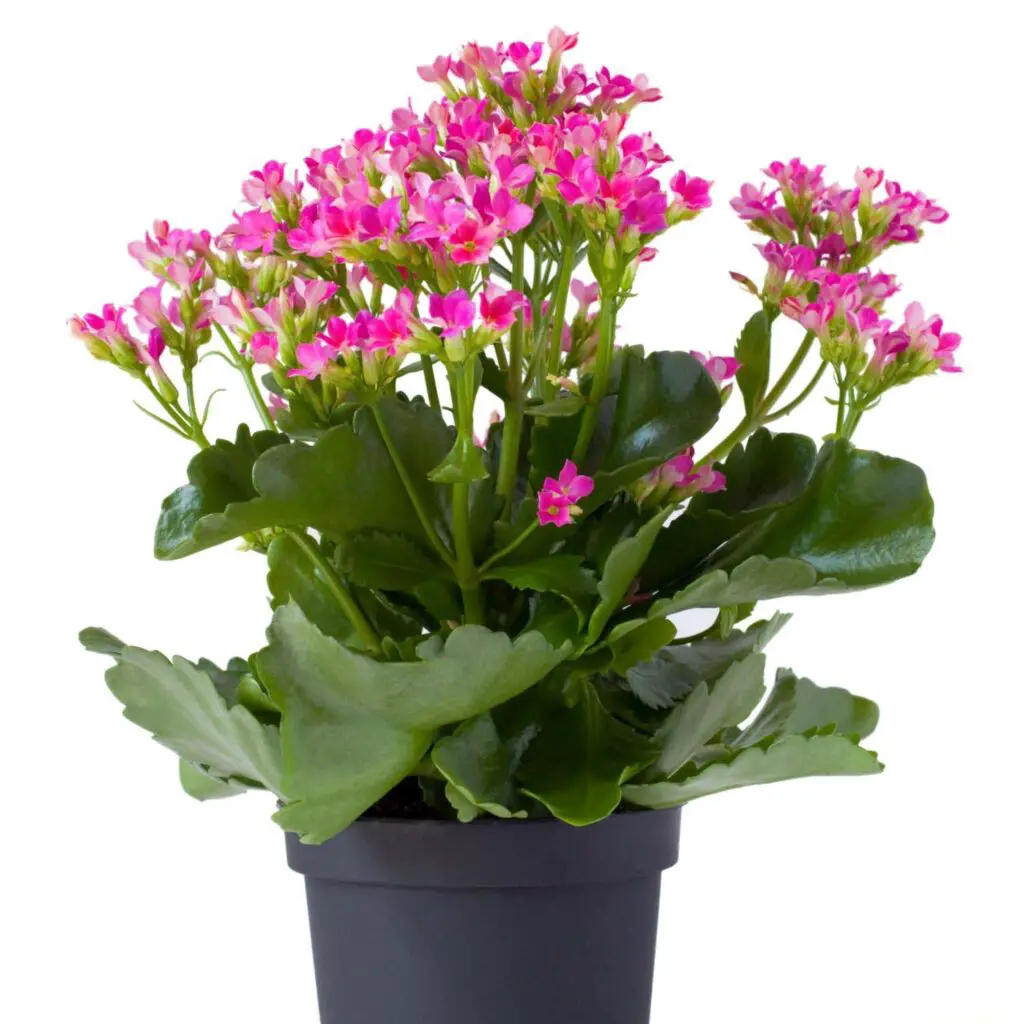
Kalanchoe is also known as Widow’s-thrill. Its flowers are petite, dotted, absorb carbon dioxide at night, and have a strong anti-radiation effect.
Caring points of Kalanchoe
Kalanchoe prefers a warm and humid environment with sufficient sunlight. It is good to water every 3–4 days. The soil in the pots should be moist but dry.
Suitable space
- Foyer
- Dining room
- Bedroom
- It is an excellent layout small scene
11. Rieger Begonia (Begonia × Hiemalis)
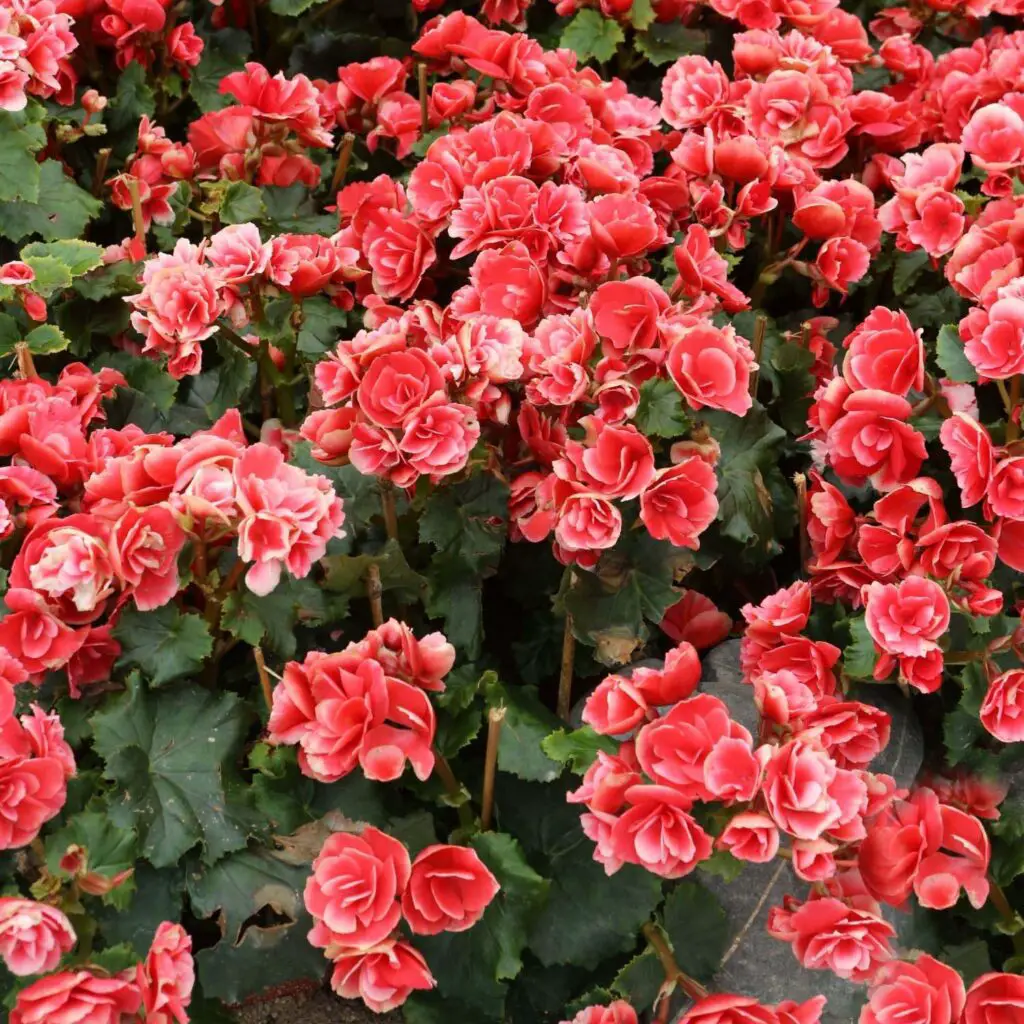
Rieger Begonia has a long flowering period, rich colors, and good home decor effects. It can absorb carbon dioxide at night, and it is beautiful and healthy.
Caring points of Rieger Begonia
Rieger Begonia likes a warm, humid, well-ventilated environment. The growth temperature is 18-22 degrees. The potting soil should be kept moist, not dry or excessively wet.
Suitable space
- Living room
- Dining room
- Bedroom
12. Dumb Cane (Dieffenbachia)
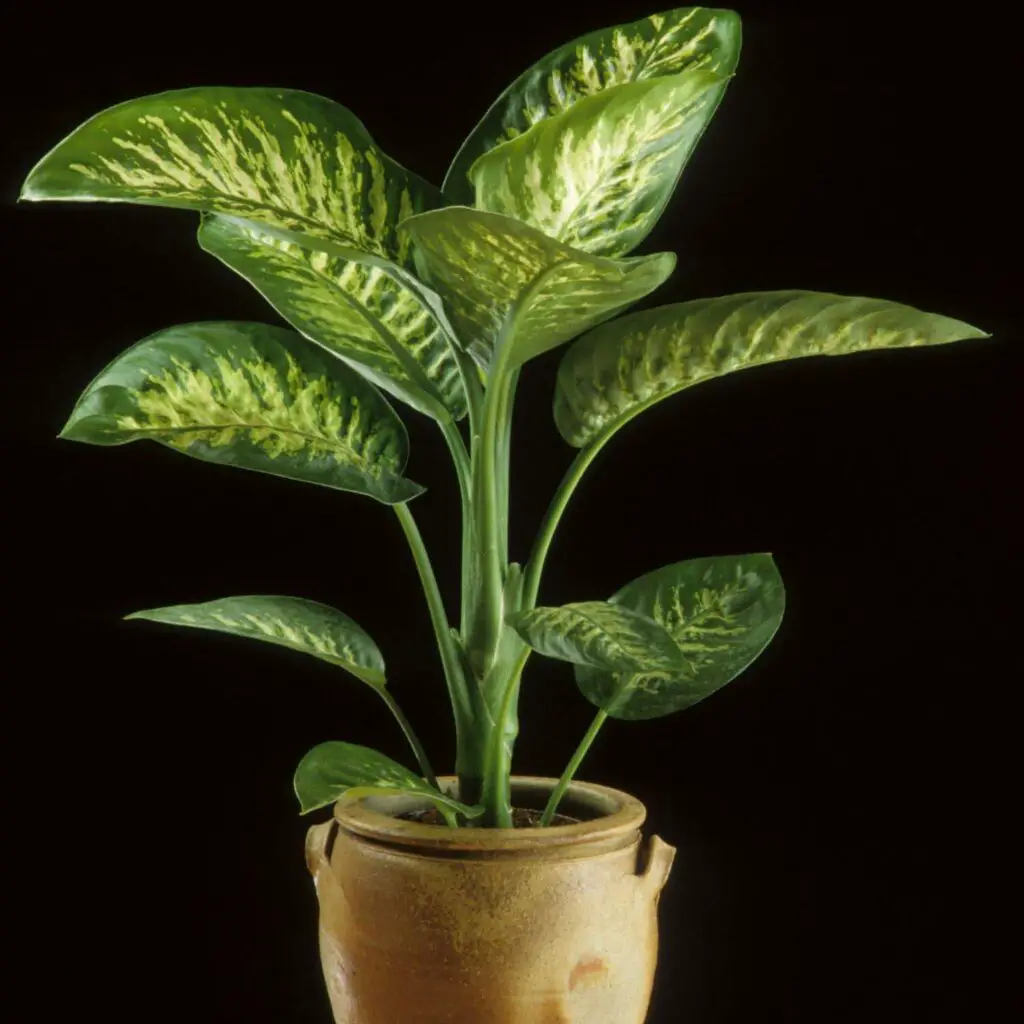
The leaves of Dumb Cane are evergreen are gorgeous. It can absorb harmful gases such as carbon dioxide and formaldehyde.
Caring points of Dumb Cane
Dumb canes favor a semi-dry environment with warm humidity. Avoid strong sun exposure; it is afraid of drought. During the growing season, you should water it thoroughly and often spray water on the surface of the leaves. In winter, you should control the water. Otherwise, the roots are easy to rot.
Suitable space
- Living room
- Bedroom corner
